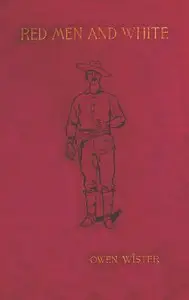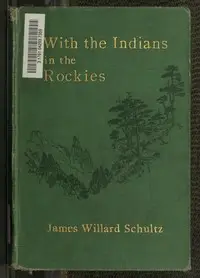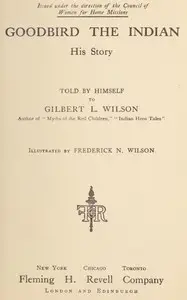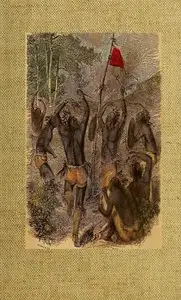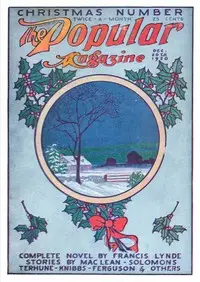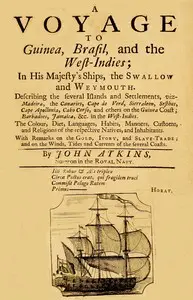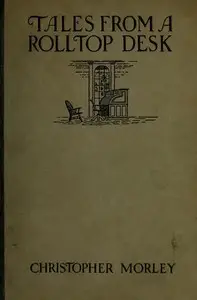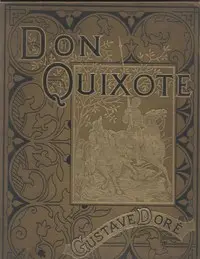"Good Indian" by B. M. Bower is a story set in the American West in the early 1900s. It tells about Peaceful Hart and his family, and how they relate to the Native Americans around them including Grant Imsen, who goes by "Good Indian". Grant is trying to figure out who he is as someone living on Hart's ranch who is also half Native American. The book paints a picture of the Hart family's lively ranch, showing the differences between the family members. It also shows how they get along with the local Native people. Grant is stuck between two different cultures, and the story has funny moments, tense situations, and heartwarming scenes. There is light conversation and a hint of deeper topics like acceptance, friendship, and problems between the different cultures as the story goes on.

Good Indian
By B. M. Bower
On a ranch in the American West, a man grapples with his identity as he tries to find his place between two worlds and two cultures.
Summary
About the AuthorBertha Muzzy Sinclair or Sinclair-Cowan, née Muzzy, best known by her pseudonym B. M. Bower, was an American author who wrote novels, fictional short stories, and screenplays about the American Old West. Her works, featuring cowboys and cows of the Flying U Ranch in Montana, reflected "an interest in ranch life, the use of working cowboys as main characters, the occasional appearance of eastern types for the sake of contrast, a sense of western geography as simultaneously harsh and grand, and a good deal of factual attention to such matters as cattle branding and bronc busting." She was married three times: to Clayton Bower in 1890, to Bertrand William Sinclair in 1905, and to Robert Elsworth Cowan in 1921. However, she chose to publish under the name Bower.
Bertha Muzzy Sinclair or Sinclair-Cowan, née Muzzy, best known by her pseudonym B. M. Bower, was an American author who wrote novels, fictional short stories, and screenplays about the American Old West. Her works, featuring cowboys and cows of the Flying U Ranch in Montana, reflected "an interest in ranch life, the use of working cowboys as main characters, the occasional appearance of eastern types for the sake of contrast, a sense of western geography as simultaneously harsh and grand, and a good deal of factual attention to such matters as cattle branding and bronc busting." She was married three times: to Clayton Bower in 1890, to Bertrand William Sinclair in 1905, and to Robert Elsworth Cowan in 1921. However, she chose to publish under the name Bower.

